Welcome to Our Lebanon travels

|
Welcome to Our Lebanon travels
|
|
Lebanon, officially known as the Lebanese Republic, is a country in Western Asia. It is bordered by Syria to the north and east and Israel to the
south, while Cyprus is west across the Mediterranean Sea. This site mostly tells about our trip, the things we saw and family we met. We went to
Lebanon to see the land of my heritage and our family. Lebanon and the people was a surprisingly beautiful and hospital country. Many photos
and explanations come from other sites. As I wanted to explain well about Lebanon, credit goes to many other sites.
Lebanon day 1, September 27 Friday: We are in Beirut Lebanon, the land of my heritage where my mother and my father's father
were born. My two first cousins, Hikmat Hobeika and Richard Soliba met us at the airport and got us situated at the hotel.
Then Hikmat took us to the city and dinner at Lila ’ s Restaurant, and the food was excellent. The restaurant was in a mall and I found
he malls are like the malls in the USA with the same stores. There is a wonderful night life here. In my photos Hikmat is on the left and Richard
on the right. 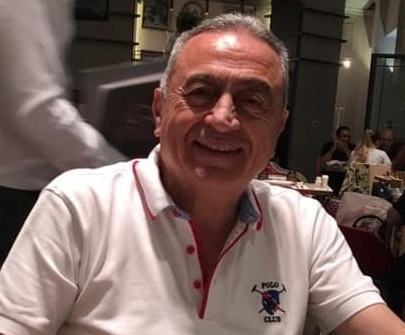
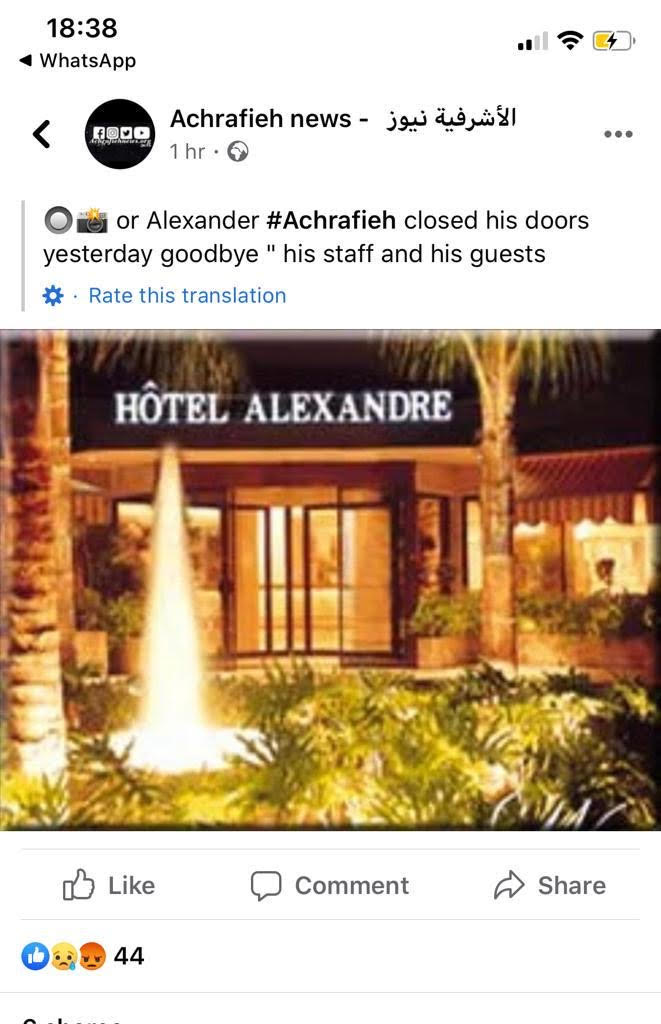
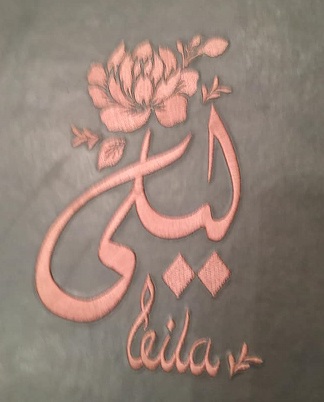
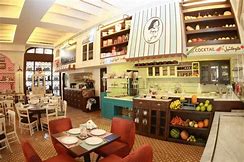
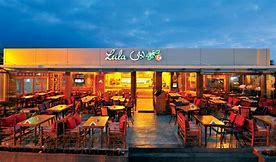

Lebanon Day 2, September 28 Saturday: We are staying in the safe area of the Beirut
Lebanon near the financial area. The Lebanese people are from the Phoenicians although they now speak Arabic. The towns
we toured today in the mountains have Phoenician names.
My cousin Hikmat took us on a tour of all the mountains. We went to Bickfaya where my dad met my mom. And we spent a lot
of time where mom ’ s family grew up, in Biskinta.
We went to Baskinta which is a Lebanese village situated at an altitude ranging from 1250 metres above sea level and climbs up
to approximately 1800 meters of height at Qanat Bakish, making it one of the highest villages of Lebanon. It is located 43
kilometers north east of Beirut.
Baskinta is known for its natural environment and moderate climate. Baskinta is becoming a cycling spot for mountain biking
amateurs with some off-road trails and a developed cycling community. It was also the capital city of the Syriac Christian
state of Marada. Baskinta is also known for the variety of its fruit especially apples and vineyards. The residents are Christians:
70% Maronites and 30% Greek Orthodox. There are 15,000 residents in Baskinta and 3 schools: the Saint Pierre College Brothers,
the Official High School of Baskinta and the Saint Vincent School.
We went to the family home for Hikmat Hobeika and met his sister in law, Ivette Hobeika, and had coffee. Then we went to his sister Janette ’ s
home. She has Josephine, a maid from Etheopia, who helps her. Cousins Lina and Richard, and Ivette Hobeika and grandchildren Lara and
Rana joined us. They brought delicious wine from their mom, Lena, who is Janette ’ s daughter who has a winery.
We saw a church where two spires had been added, one for Hobeka father named Roucos and one for his mom, my aunt Natalie Hobeka.
Jenette at 88, prepared a feast for us - chicken with garlic, potatoes, rice, eggplant with tomatoes, spinach Fatyas, taboole served with a young
white sweet cabbage, delicious beans and tomatoes from the garden, hummus, home made olives from Hikmat’s place, cantaloupe from
Hikmat’s garden, fresh goat cheese which Hikmat bought from a special market in the Baskinta area, and for dessert she made a Caramel flan,
a ground sweet cheese with honey, and a mixture of pomegranate seeds, fresh pine nuts, and pistachios.
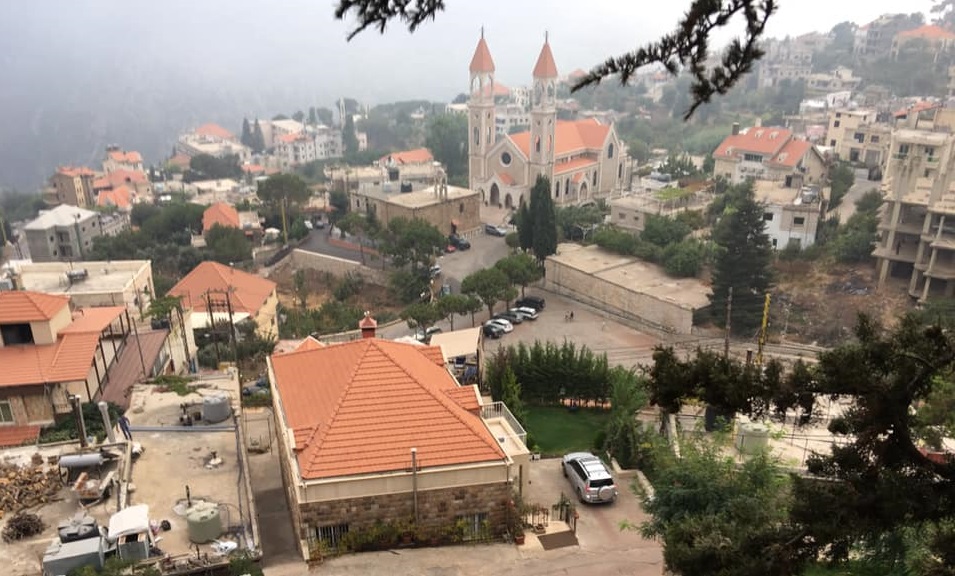 Baskinta - mom ’ s home town. 
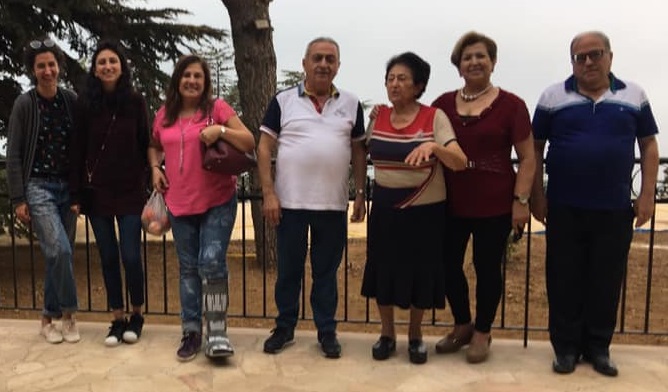 Janette ’ s two granddaughters, Lara and Raheem. Lara, Raheem, Lina, Hikmat, Janette, Yvette, Richard. 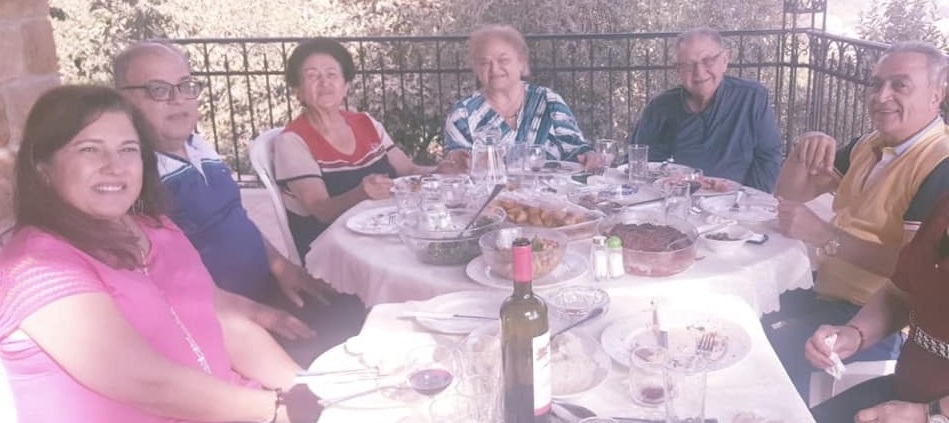
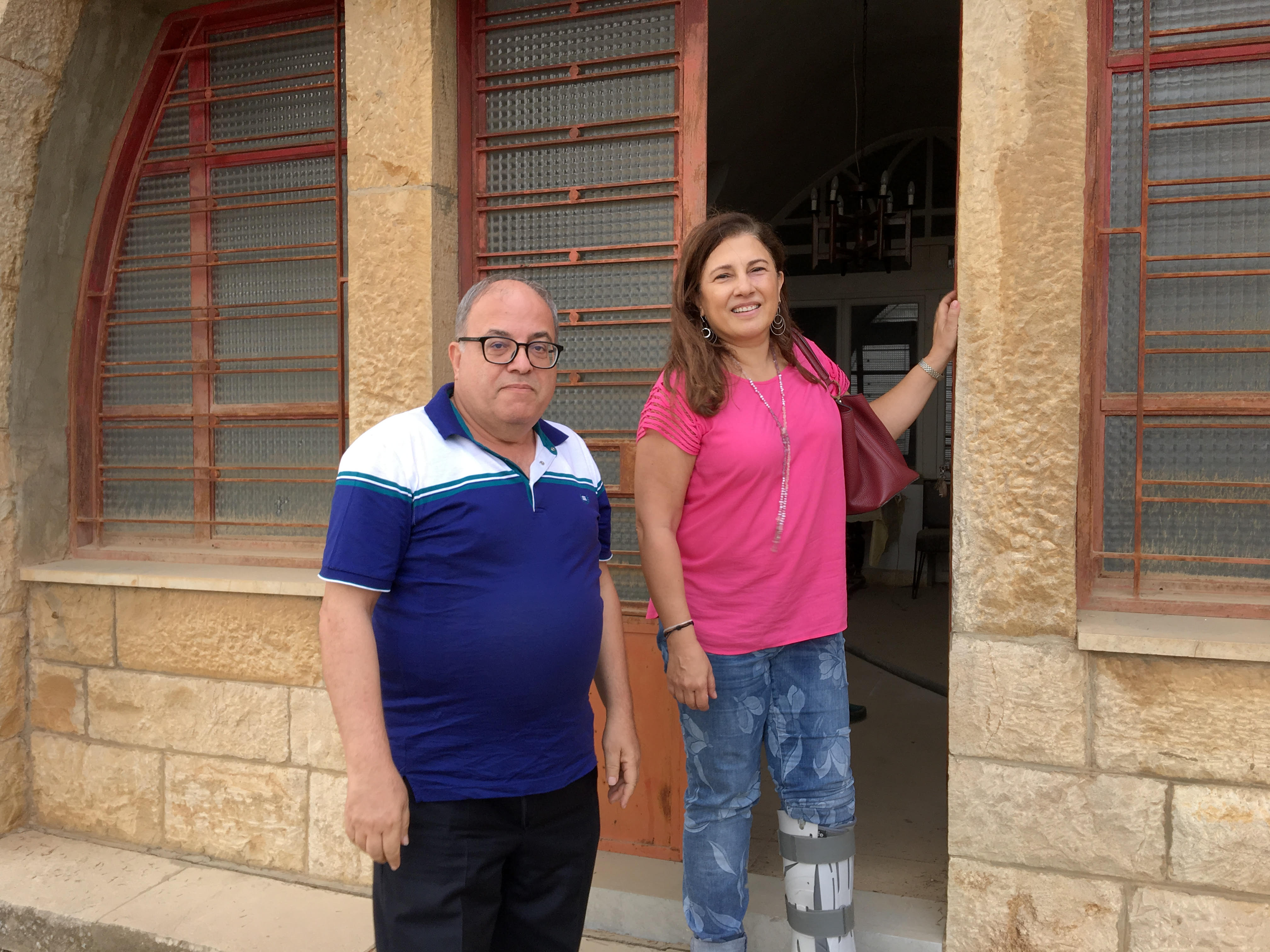
At table cousins Lina, Richard, Janette, Roseann, Walt, and Hikmat. The next photo is of cousins Lina and Richard entering the home where my mom grew up. Lina and her sister Mouna now own the house but no one lives there at this time. It had a first floor with two bedrooms, a kitchen and living room. Upstairs had the exact same. Most homes are like that with family members live on one floor with their spouse and childen on each level. Here is a photo of my cousin Lina and uncle Fouad at the house. And a photo of uncle Youssef with Yvonne Trad Kfoury, daughter of our grandma ’s sister Makake Karam Trad.
  Then Hikmat took us all around the area. And we saw where St. Rafqa (a cousin from my father - family) and a sign showing
where they are building a church in her name. It is something to have a saint in my family.
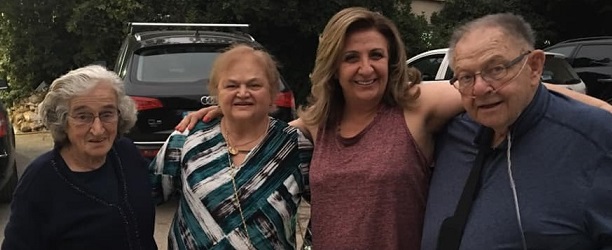 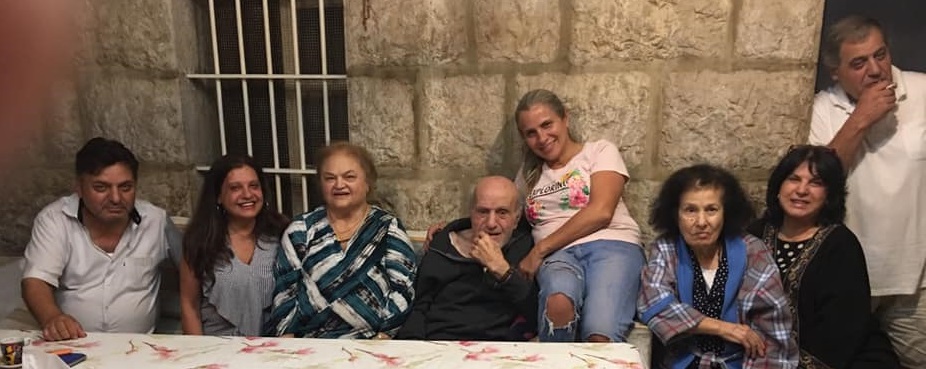 Here I sit with Assaad and some of his children. Assaad Rayess has two sets of twins - Children include: George, Samir, Tony, Joesph and Samia, Samira, Noha and Houda. I learned that Tony lives in the Detroit area and that Assaad passed away in March 2020.
Lebanon Day 3, September 29 Sunday:
On Sunday I walked more than 10,000 steps and most where up and down stairs. It was an
incredibly wonderful day and we saw many places. Cousins Richard Saliba and Lina Ghoussoub took us to the Jeita grotto which is now one of the
wonders of the world. They are most beautiful and breathtaking. Jeita Grotto is the is a compound of crystallized caves in Lebanon located
20 km north of Beirut in the Valley of Nahr al-Kalb (Dog River). I found it fascinating and could return several times.
Jeita I was first noted in 1833 by Botta and excavated by Godefroy Zumoffen in two positions in 1898, 1900, 1908 and 1910. It was later excavated by
Auguste Bergy with materials from both excavations now with the Museum of Lebanese Prehistory, the Archaeological Museum of the American
University of Beirut and the private collection of Dr. Gigues. Henri Fleisch noticed an Upper Paleolithic level with further finds including
polished Neolithic pieces, primitive potsherds, burned bones and end scrapers. Jacques Cauvin noted similarities in these finds to the Néolithique
Moyen period of Byblos. Evidence of later occupation included a Chalcolithic tripod pot found by Father Fleisch and a combed-ware sherd suggested
to date to the Early Bronze Age levels at Byblos.
Jeita II (Dahr el-Mghara) is a rock shelter situated on a platform, above and equidistant between the dry cave of Jeita I and the entrance to the grotto
at Jeita III. Excavations were made by the Duc de Luynes and Lartet in 1864, by Zumoffen in 1900 and 1908 and by Bergy in 1930. A large number of flint
tools, bones and hearths were found that were accredited to the Aurignacian. Further excavations were made in 1964 by Francis Hours which revealed much
more extensive, deeper and richer deposits than had previously been suspected. Father Hours permitted Lorraine Copeland to disclose that the upper material
appeared to display late Upper Paleolithic or early Mesolithic characteristics, probably including Kebaran. Excavation was to be continued but the area
as fenced off and owned by the government.
Next we went to Byblos which is a citadel built in 1100 BC to protect them from the Romans. Byblos is one of the top contenders for the
"oldest continuously inhabited city" award. Byblos known locally as Jbeil and in the County of Tripoli as
Gibelet, is the largest city in the Mount Lebanon Governorate of Lebanon. It is believed to have been first occupied between 8800 and 7000 BC and
continuously inhabited since 5000 BC, making it one of the oldest continuously inhabited cities in the world. It is a UNESCO World Heritage
Site. According to Phoenician tradition it was founded by the God El, and even the Phoenicians considered it a city of great antiquity. Although its
beginnings are lost in time, modern scholars say the site of Byblos goes back at least 7,000 years.
Today Byblos (Jbeil in Arabic) on the coast 37 kilometers north of Beirut, is a prosperous place with glass-fronted office buildings and crowded
streets. But within the old town, medieval Arab and Crusader remains are continuous reminders of the past. Nearby are the extensive excavations that
make Byblos one of the most important archaeological sites in the area.
And last we took gondolas to a high mountain where we lit candles for special intentions and prayed in church of "Our Lady of Lebanon of Paris Cathedral."
It is located in Daroun-Harissa which is a municipality that consists of two villages, Harissa and Daraoun, in the Keserwan District of the Mount
Lebanon Governorate of Lebanon. The municipality is located 27 km north of Beirut. The shrine belongs to the Maronite Patriarchate who entrusted its
administration to the Congregation of Maronite Lebanese Missionaries since its foundation in 1904. It is one of the most important shrines in the
world honoring Mary, Mother of Jesus. The shrine is highlighted by a huge, 15-ton bronze statue which the French made. It is 8.5 m high, and has a
diameter of five meters. The Virgin Mary stretches her hands towards Beirut. There was a small church up there too. Everything was really beautiful.
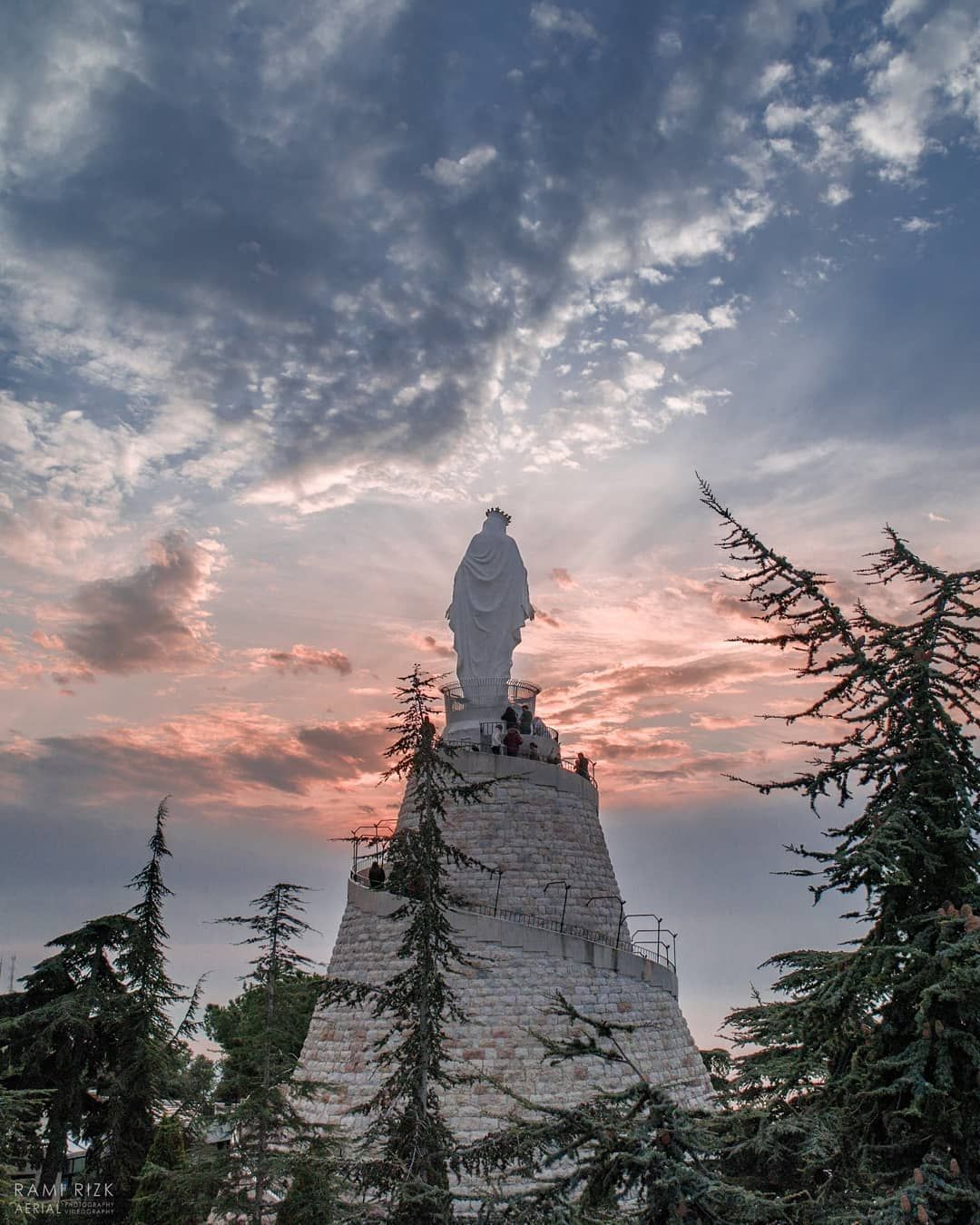
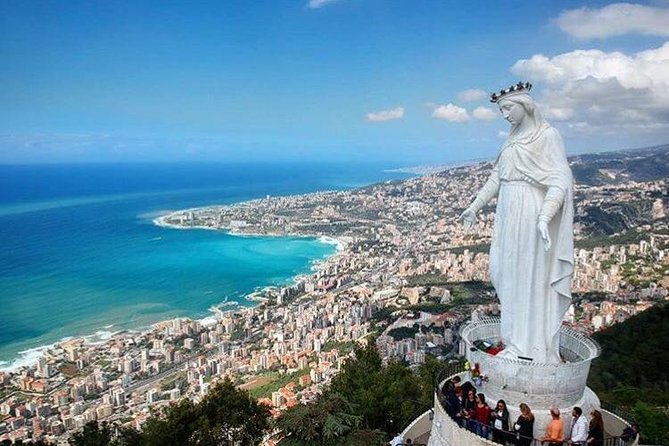



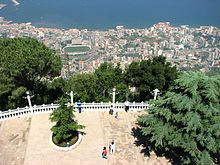
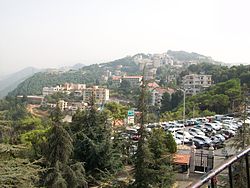
Lebanon Day 4, September 30 Monday: We took a tour bus as we wanted to see the southern historical cities. The tour company is able to drive safely where others can not. We went to Sidon and Tyre near the border. When we drove through Sidon we passed the home of the head of the Hezbollah. There were many flags along the way the were narrow and tall and yellow with a black fist which represents the Hezbollah but they are not the flag of Hezollah. Sidon is the third-largest city in Lebanon. It is located in the South Governorate, of which it is the capital, on the Mediterranean coast. Sidon has a population of about 80,000 within city limits, while its metropolitan area has more than a quarter-million inhabitants. As we drove south we passed many fields of banana, orange, and lemon trees. All other crops are grown in the valleys and the mountains. We had to go through guard stations of the United Nations. After about 65 years many Palestinians are still living in tents.
The Phoenician name Sidon probably meant "fishery" or "fishing town". It is mentioned in Papyrus Anastasi I as Djedouna.
In the Book of Genesis, Sidon was the first-born son of Canaan, who was a son of Ham, thereby making Sidon a great-grandson of Noah.
Sidon is one of the Famous names in ancient history. its past has been tragically scattered and plundered. In the 19th century, treasure
hunters and amateur archaeologists made off with many of its most beautiful and important objects, some of which can now be seen in foreign
museums. Sidon was inhabited as long ago as 4000 B.C., and perhaps as early as Neolithic times (6000 - 4000 B.C.).
Sidon's Phoenician period began in the 12th - 10th century B.C. and reached its height during the Persian Empire (550 - 330 B.C.). 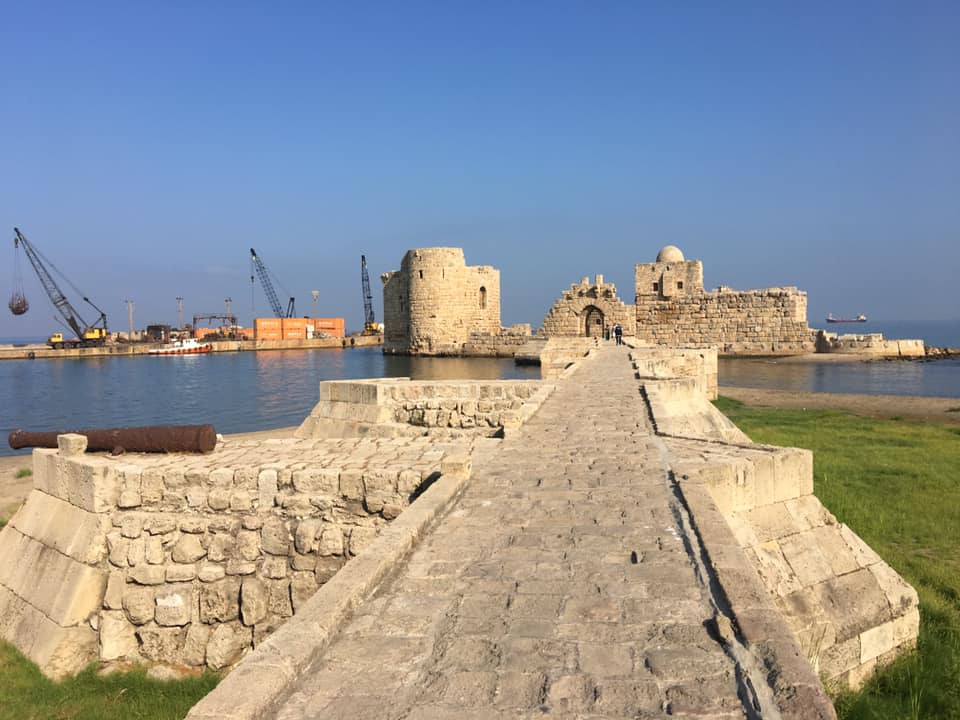
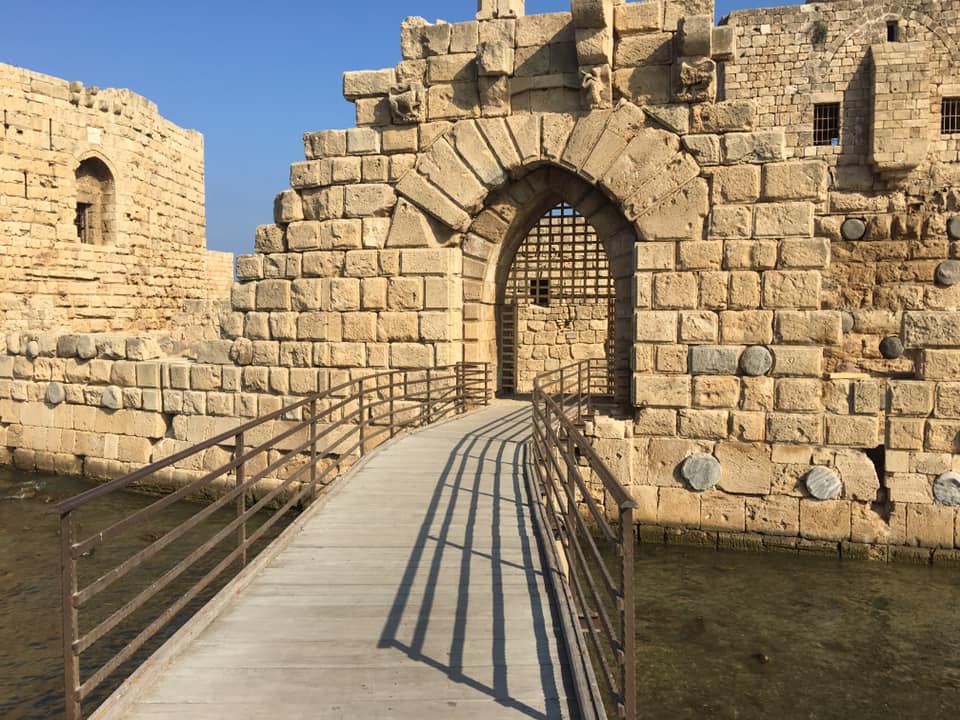


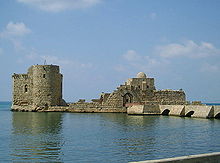

We also visited Tyre. Tyre is one of the oldest continually inhabited cities in the world, though in medieval times for some centuries by just a tiny population. It was one of the earliest Phoenician metropolises and the legendary birthplace of Europa, her brothers Cadmus and Phoenix, as well as Carthage's founder Dido (Elissa). The city has many ancient sites, including the Tyre Hippodrome, and was added as a whole to UNESCO's list of World Heritage Sites in 1984. We walked through the sooks. Like all of Lebanon ’s coastal cities, Tyre has seen a myriad of passing armies, conquerors, civilizations and eras. Tyre was a prosperous Phoenician city that was responsible for the founding of Mediterranean colonies, such as Carthage and Cadiz. The city ’s production of purple dye, coveted by European nobility, made the city a hub of commerce for centuries. Much of Tyre ’s ruins come from Roman times, and roaming around the cities, traces of the fallen empire are strewn about. The Hippodrome at Tyre is a sprawling spectacle of ancient Roman grandeur. The Hippodrome once held up to 40,000 people, who sat along the stadium stands to cheer on chariot races. Tyre is very historical and has a tremendous history which needs to be studied. Some of these photos are mine and some are from Mr. Kourry from Austratia, a young man who helped
me on the broken rocks. Other photos come from Wikipedia on Type - please go look at the other fabulous photos at that site. .jpg)
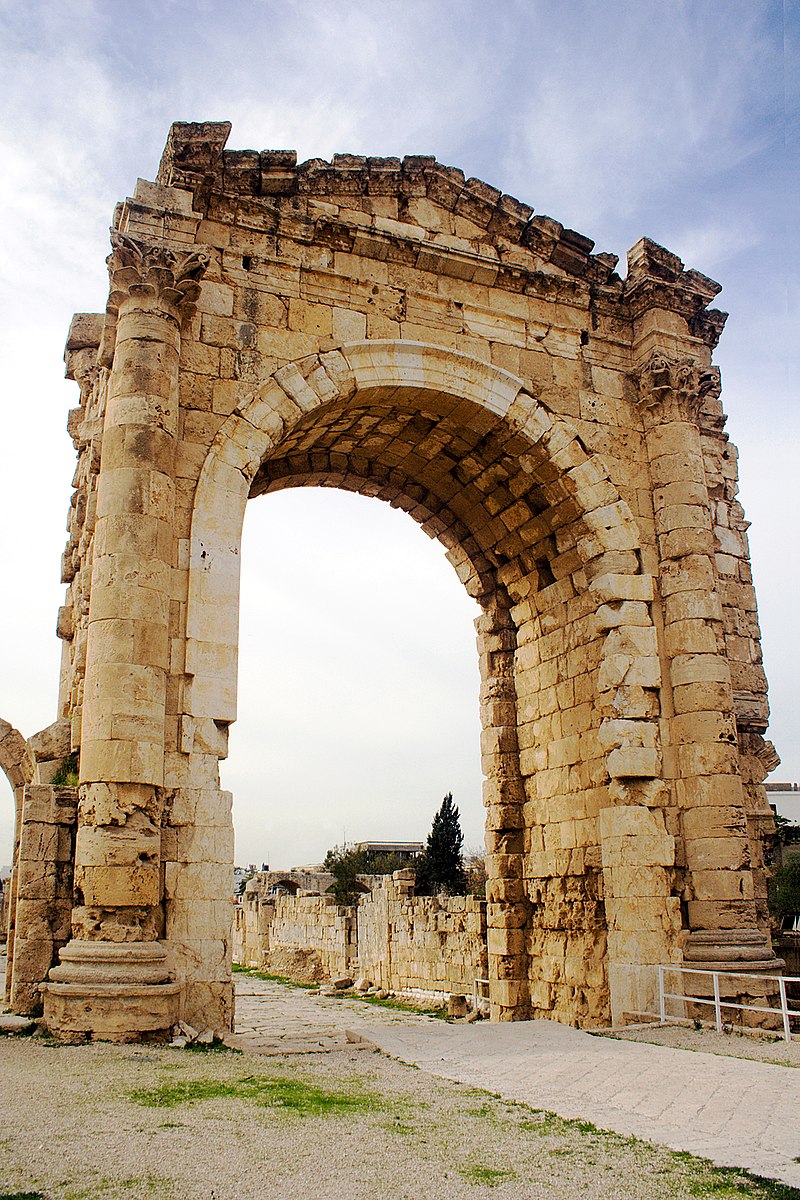
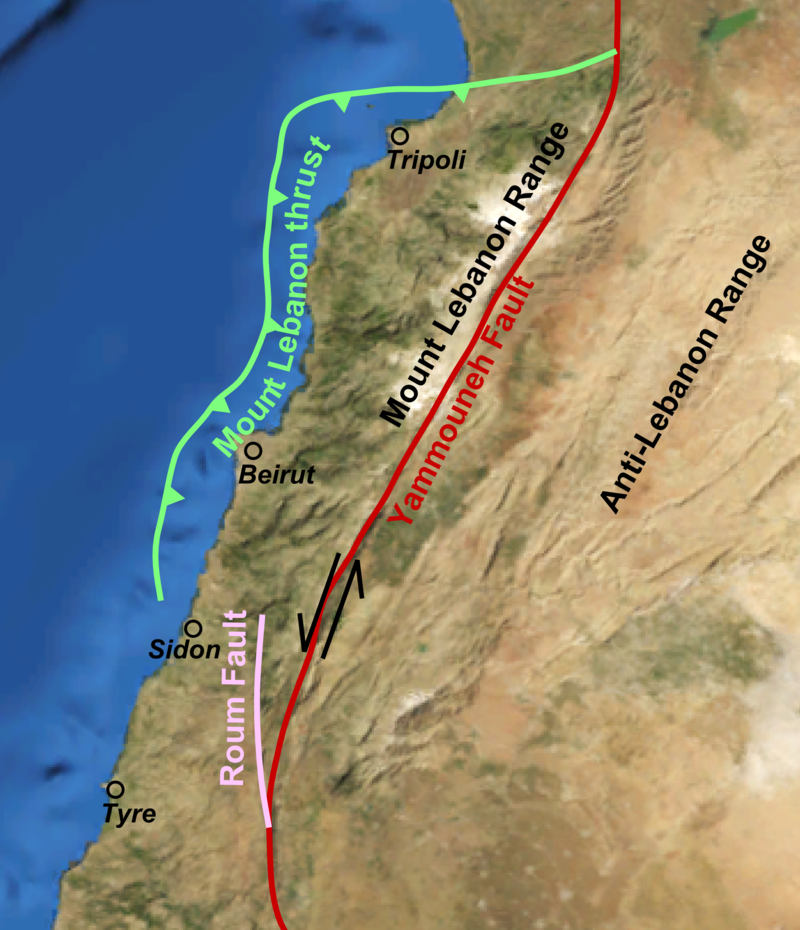
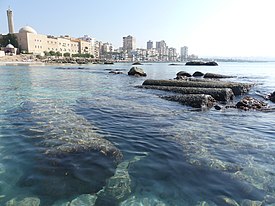
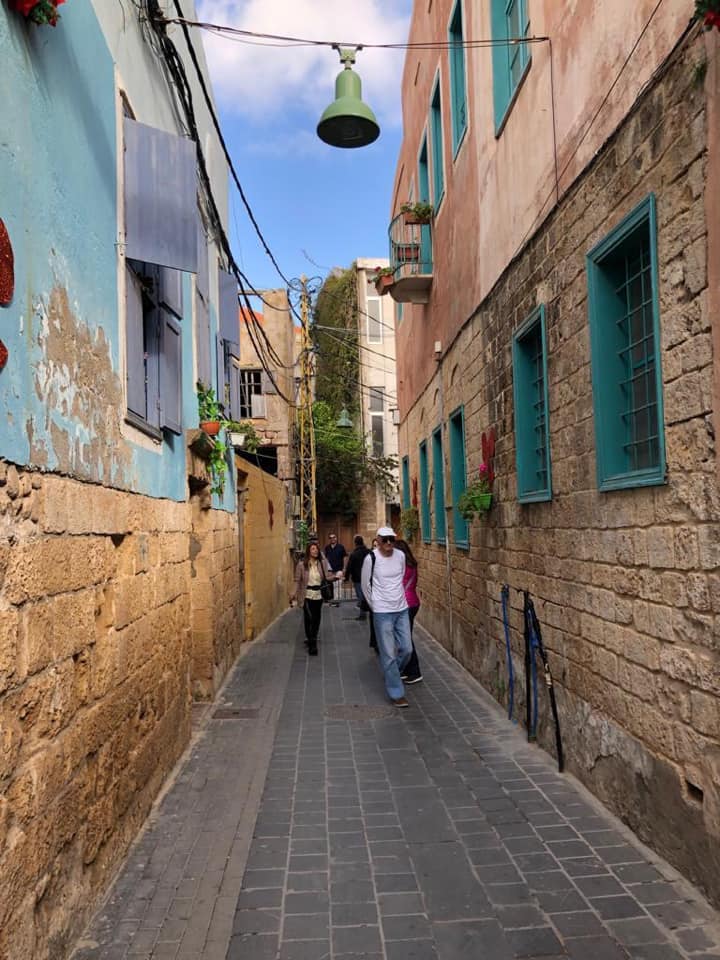
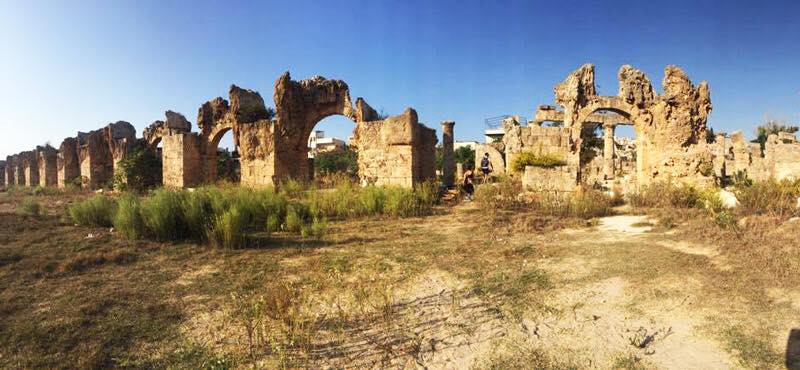
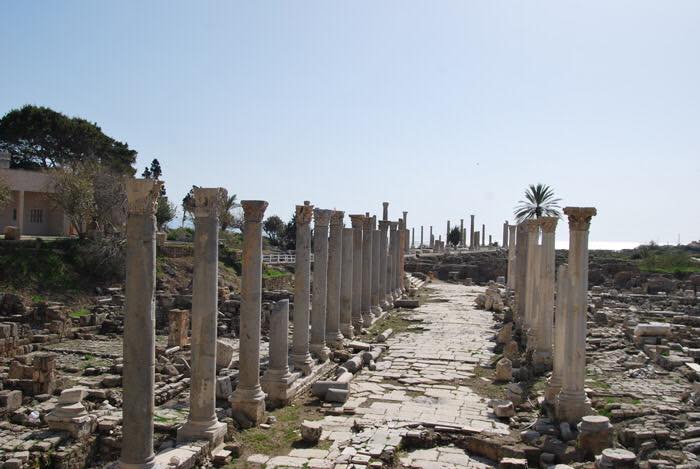
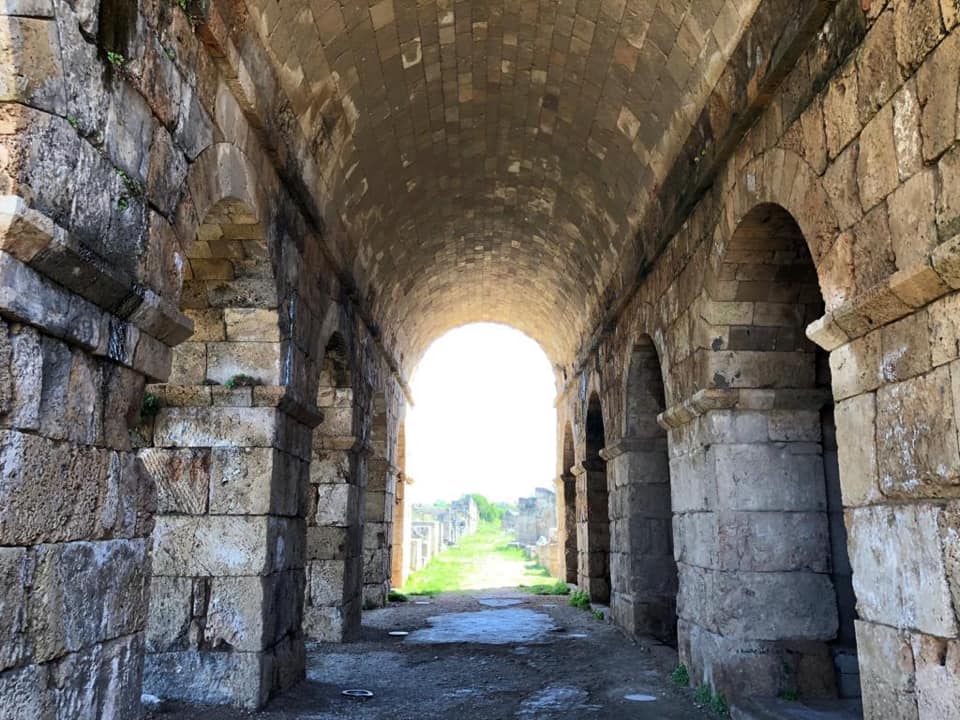
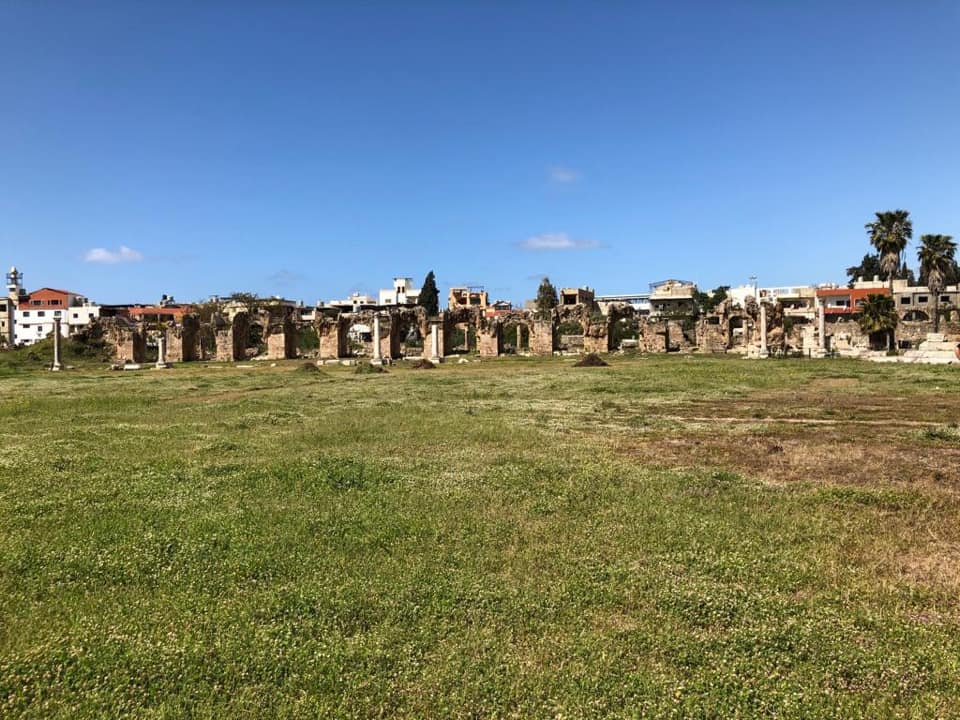

And we went to see Mary waits for Jesus in a cave in Maghdouche near Sidon in the South of Lebanon now known as Our Lady Of Mantara while Jesus made wine at the wedding. (Awaiting). At the village of Maghdouche there is a high tower with a statue of the Virgin on the top. This is the sanctuary of “ Our Lady Of Mantara ” . 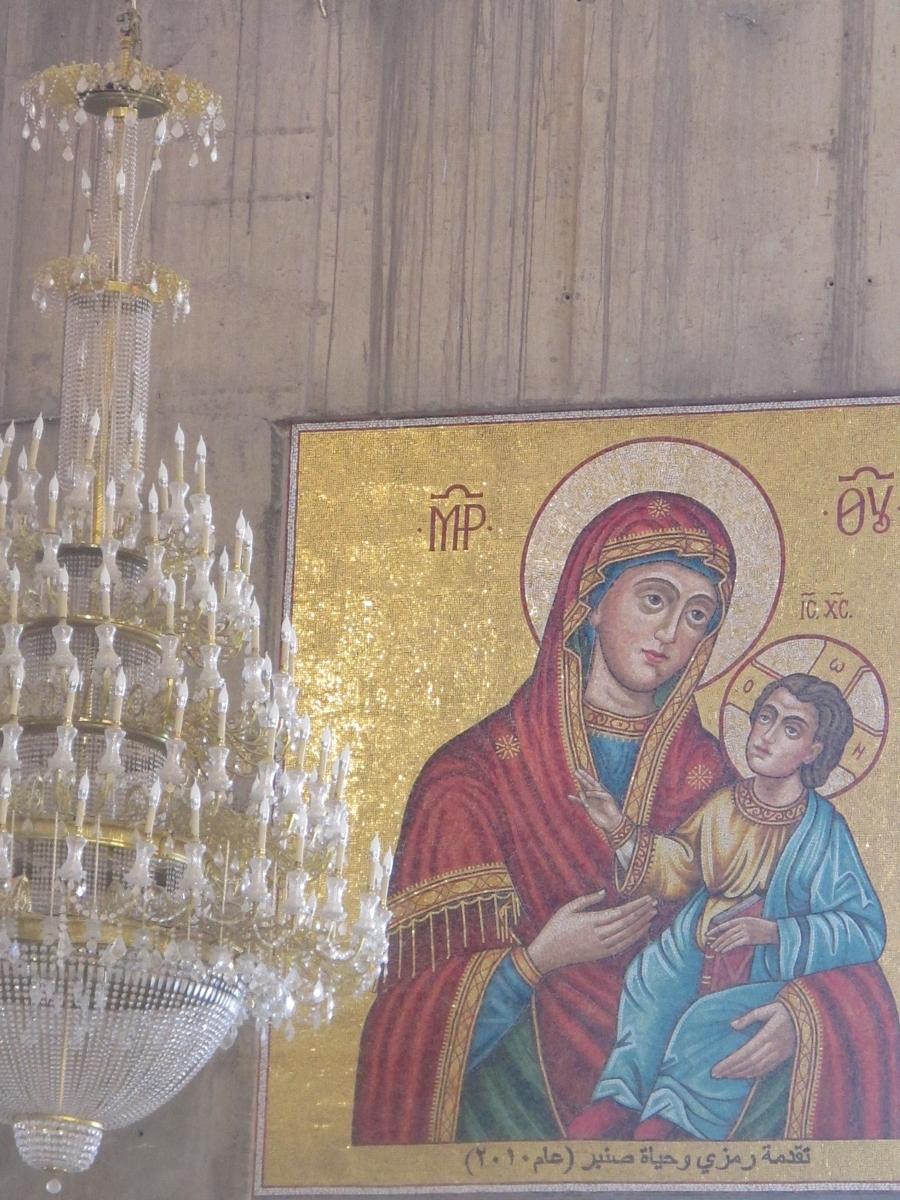
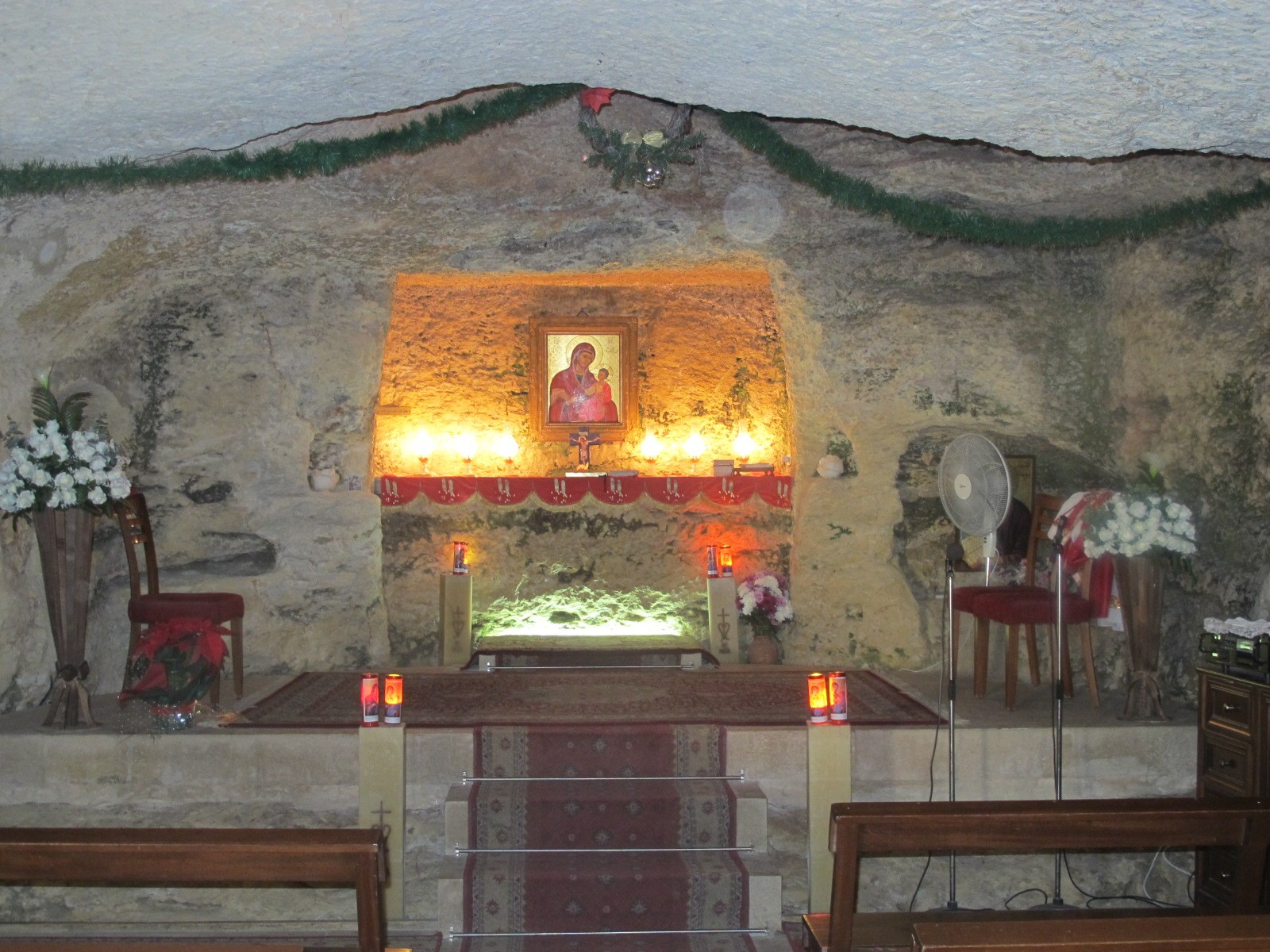
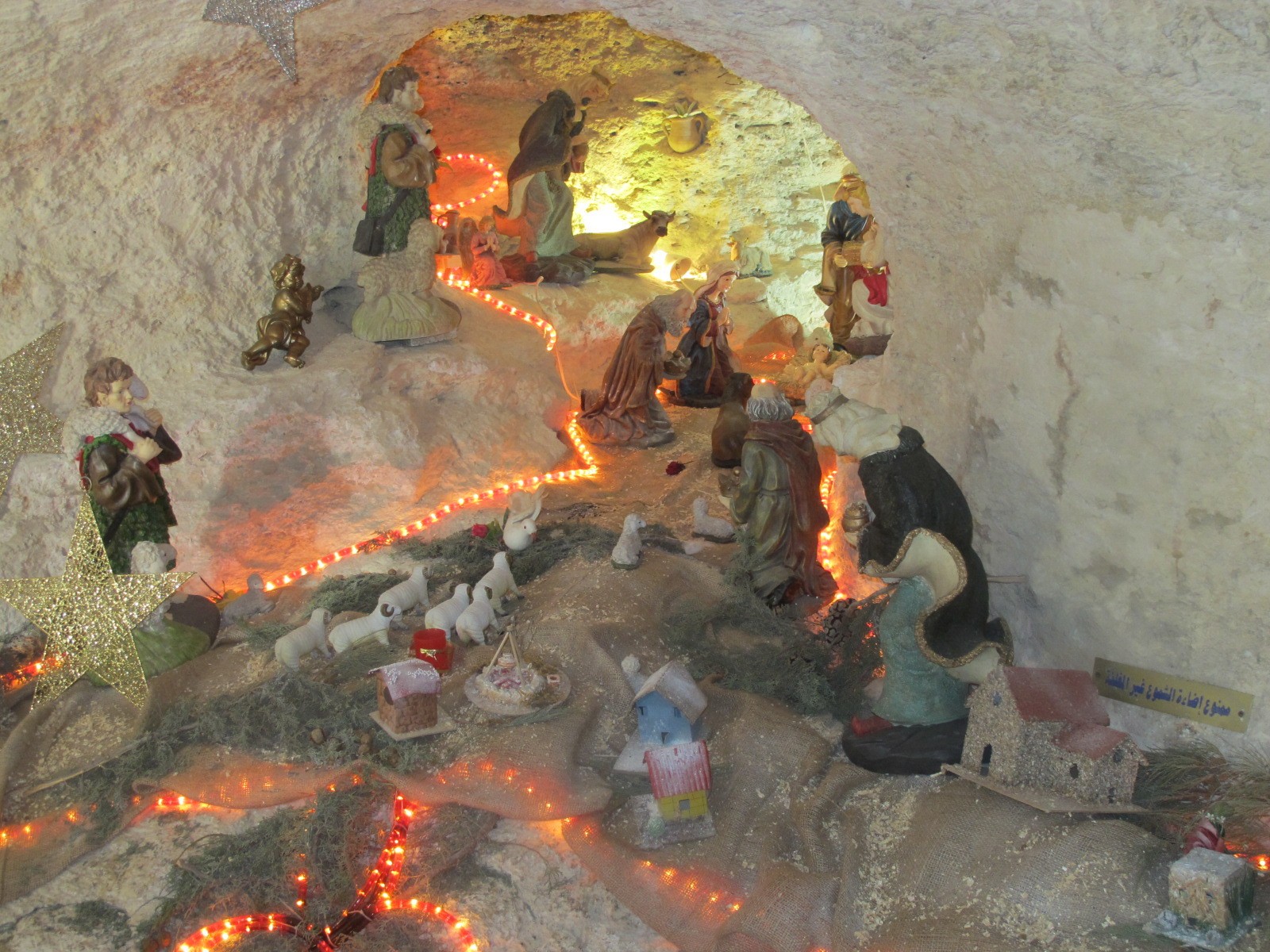
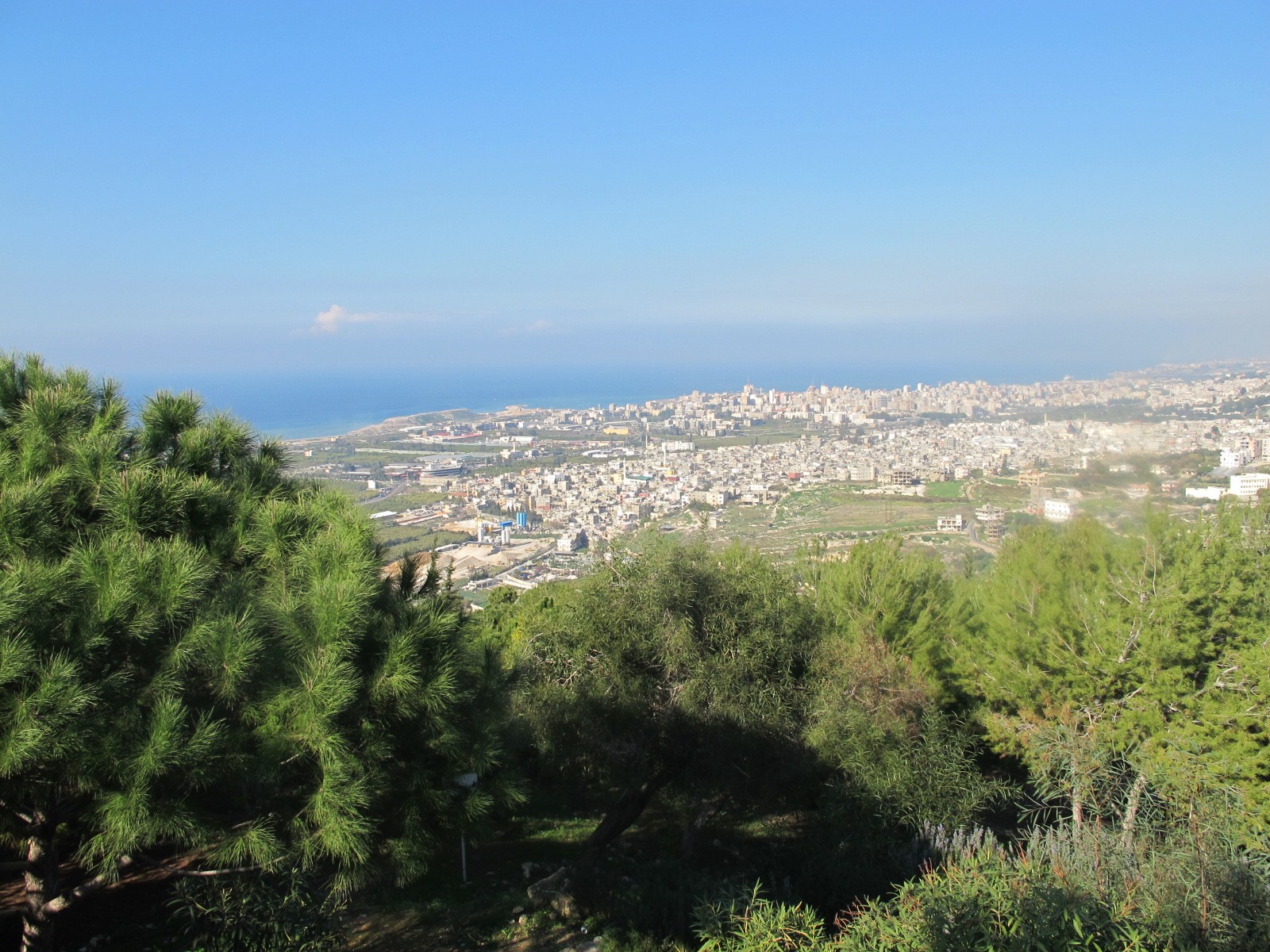
The most famous landmark of Maghdouch is the tower of Our Lady of Mantara, which is a Marian shrine built May 16, 1963, above the cave that is believed to have been the resting place of the Virgin Mary as she waited for Jesus while he preached in Sidon.
Lebanon Day 5, October 1 Tuesday: This was one of the best days as we stayed in Beirut taking the hop on hop off bus which is all over the world and spending time with Lina who is a lovely cousin. Cousin Lina Ghossoub took us to the National museum. We learned that during the civil war they preserved many antiquities by building concrete houses around them since they could not be moved. So although the outside of the museum was really damaged the majority of items inside were saved. We had lunch at the Big Rock at the sea which was delightful and fun. We also shopped at the mall where I learned everything is very expensive. 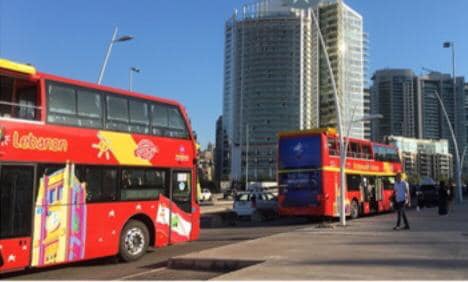
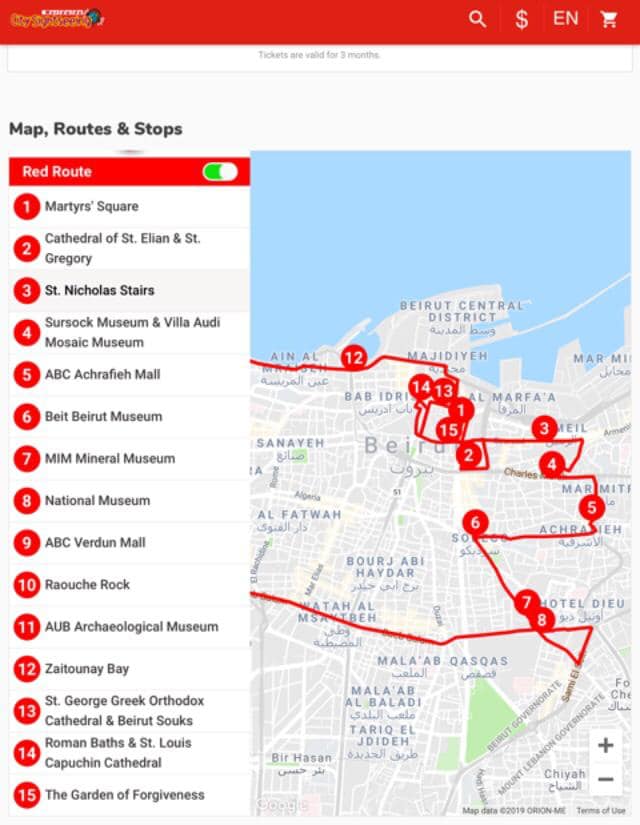
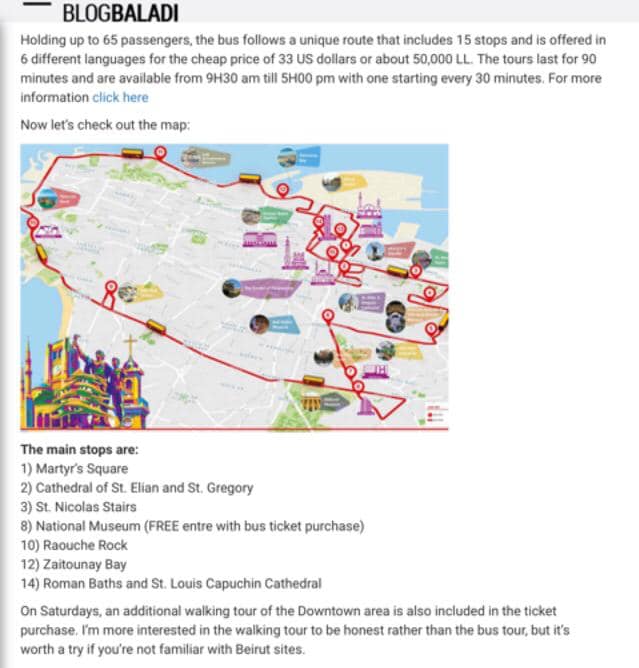

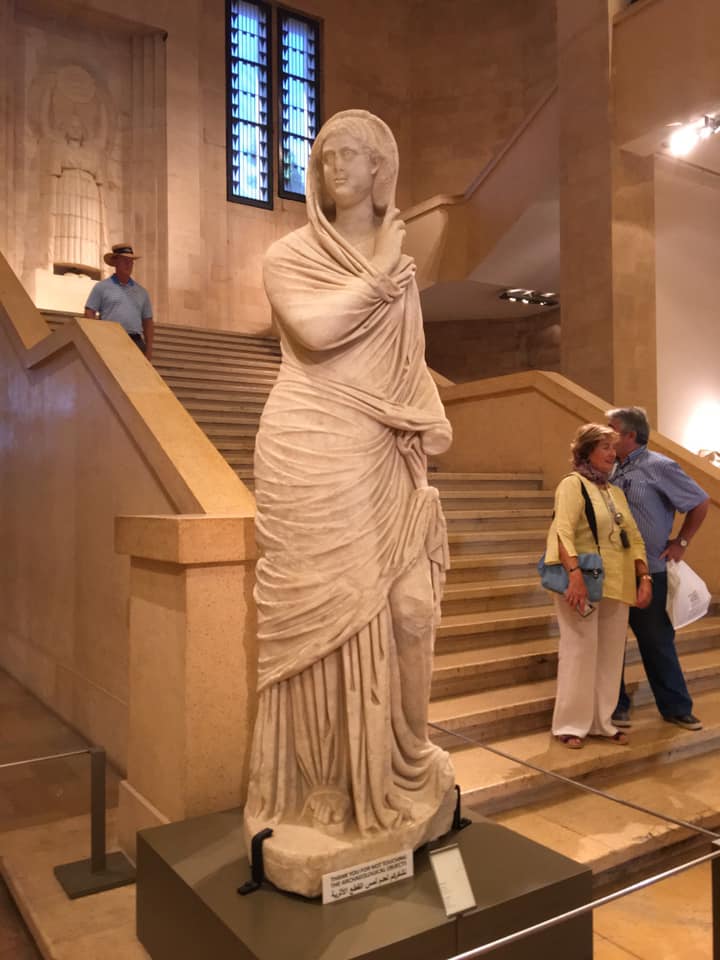
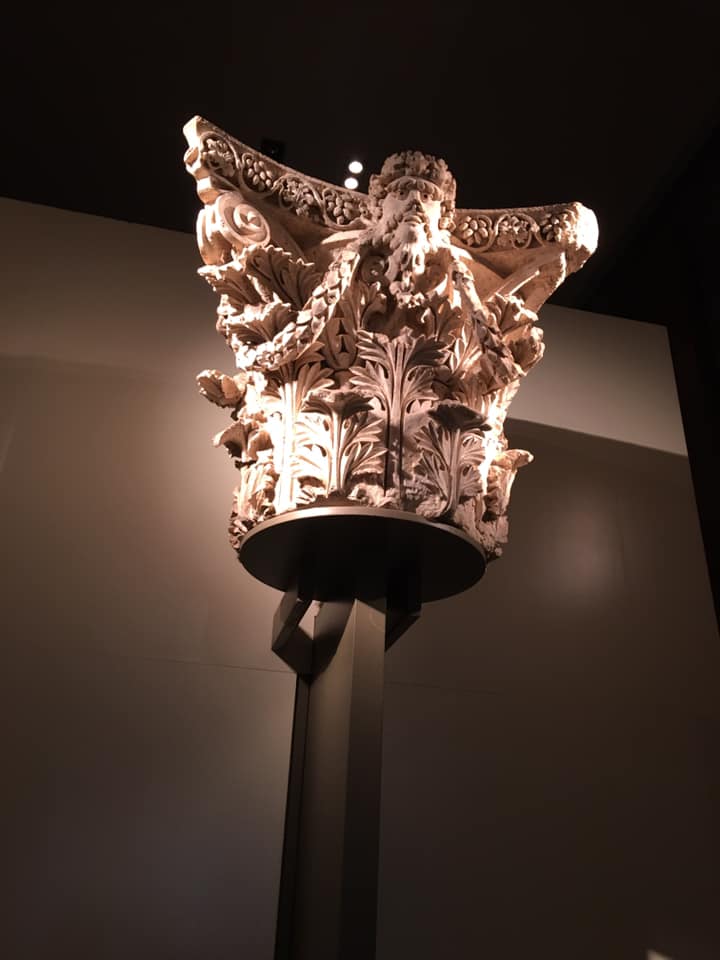
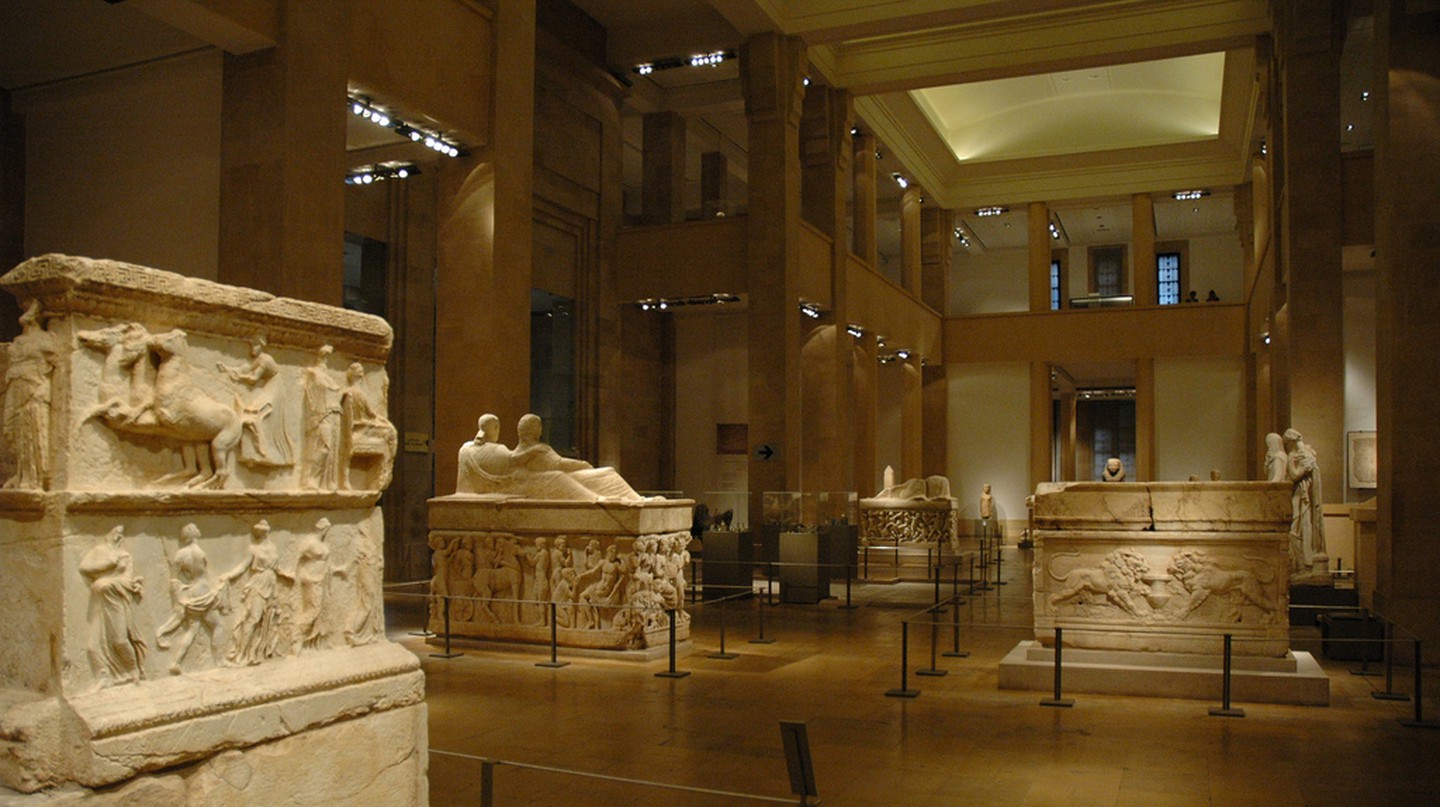
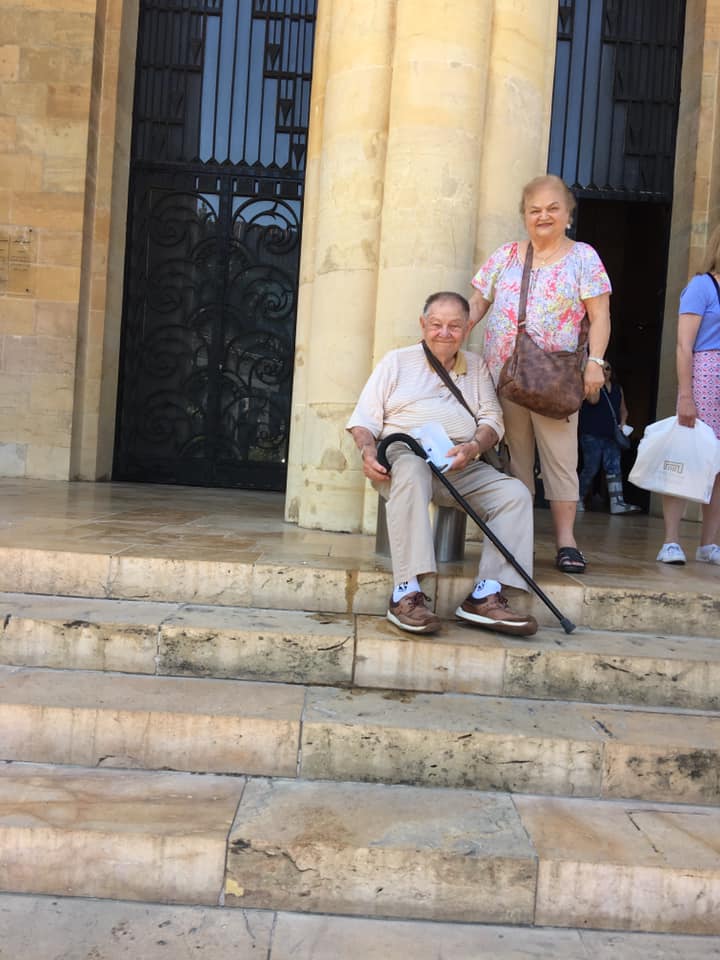
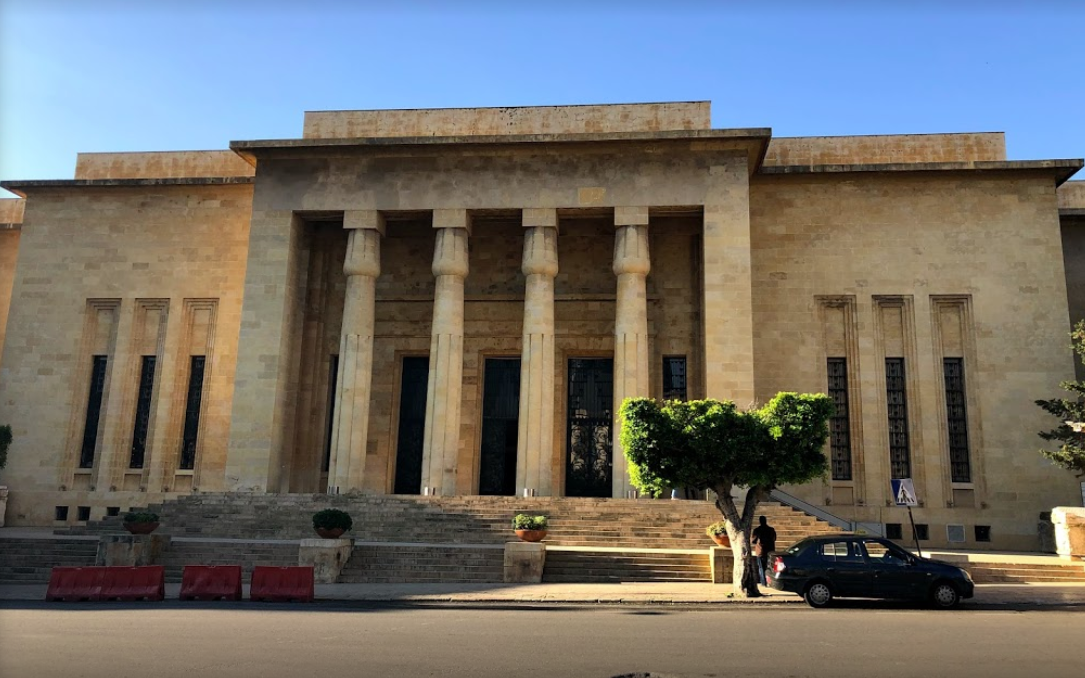
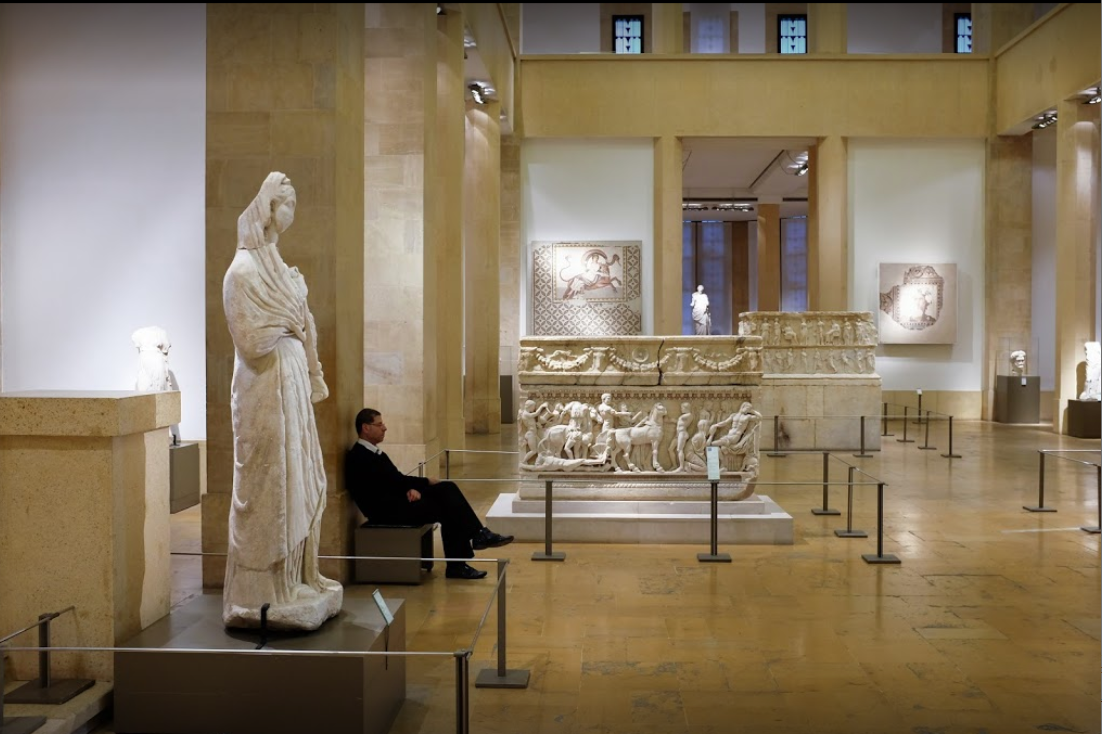
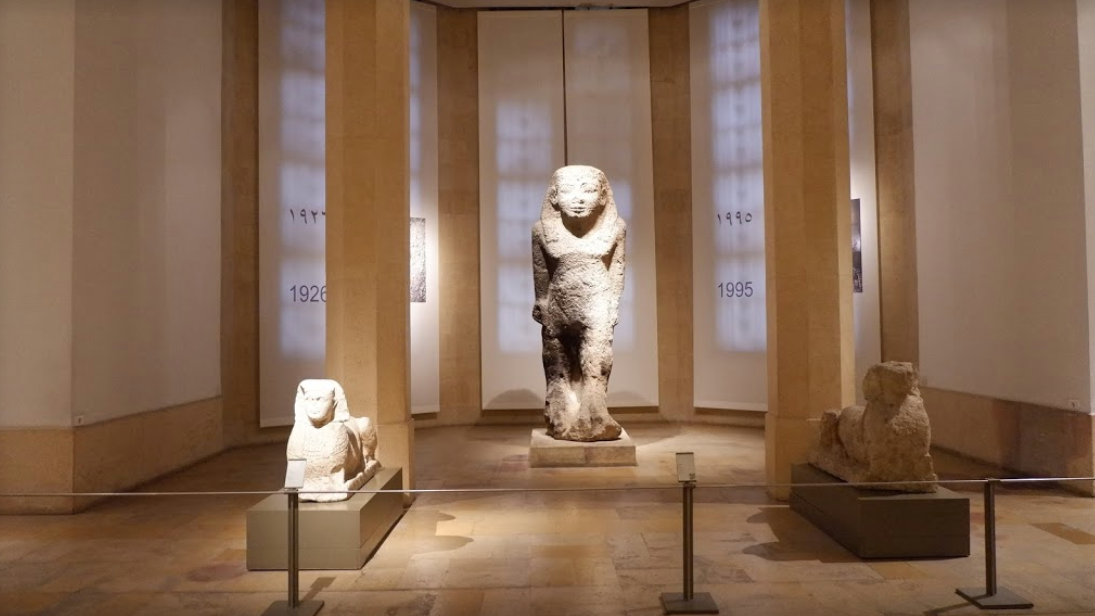
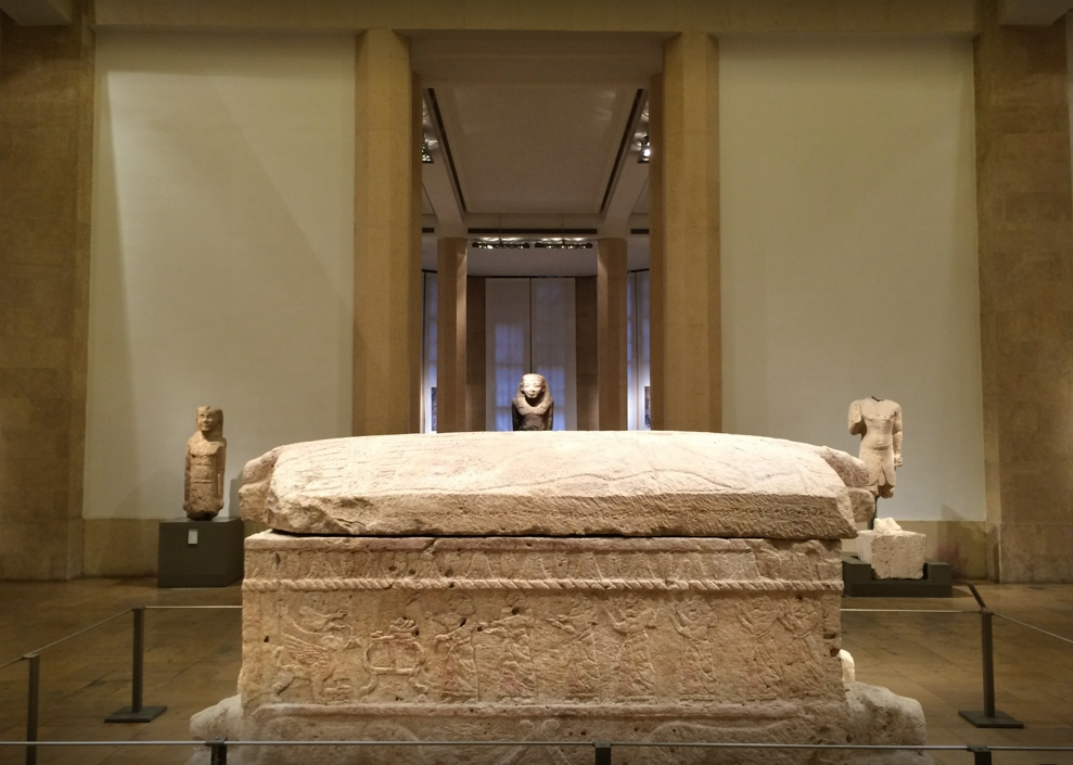
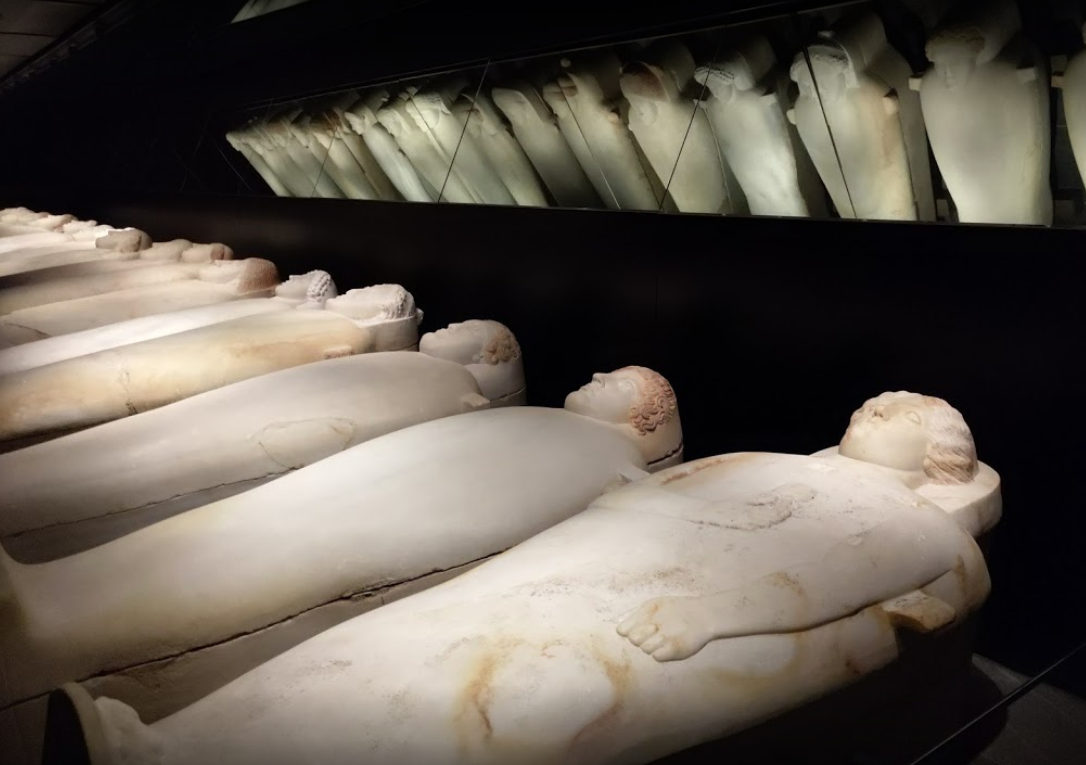
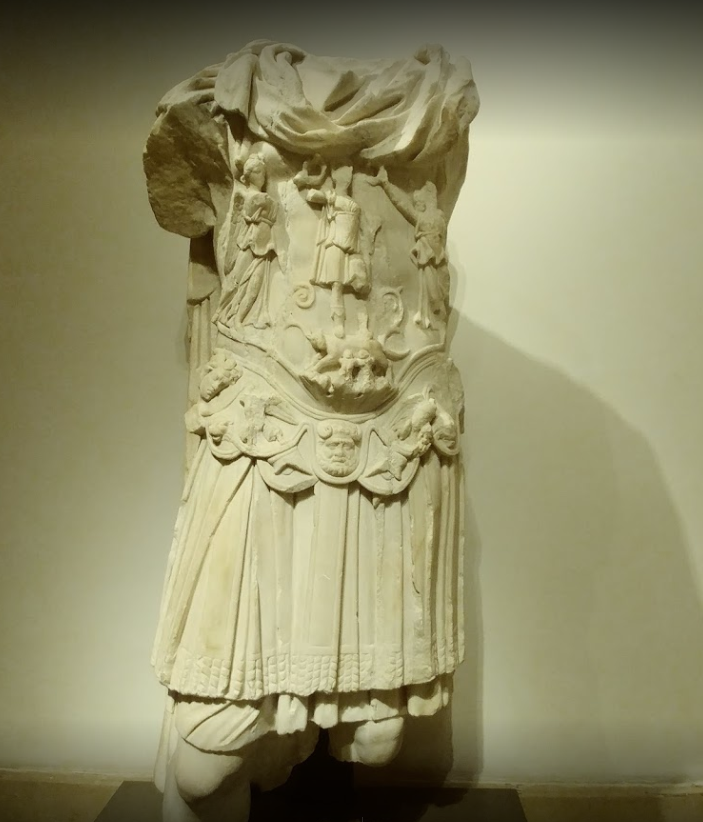
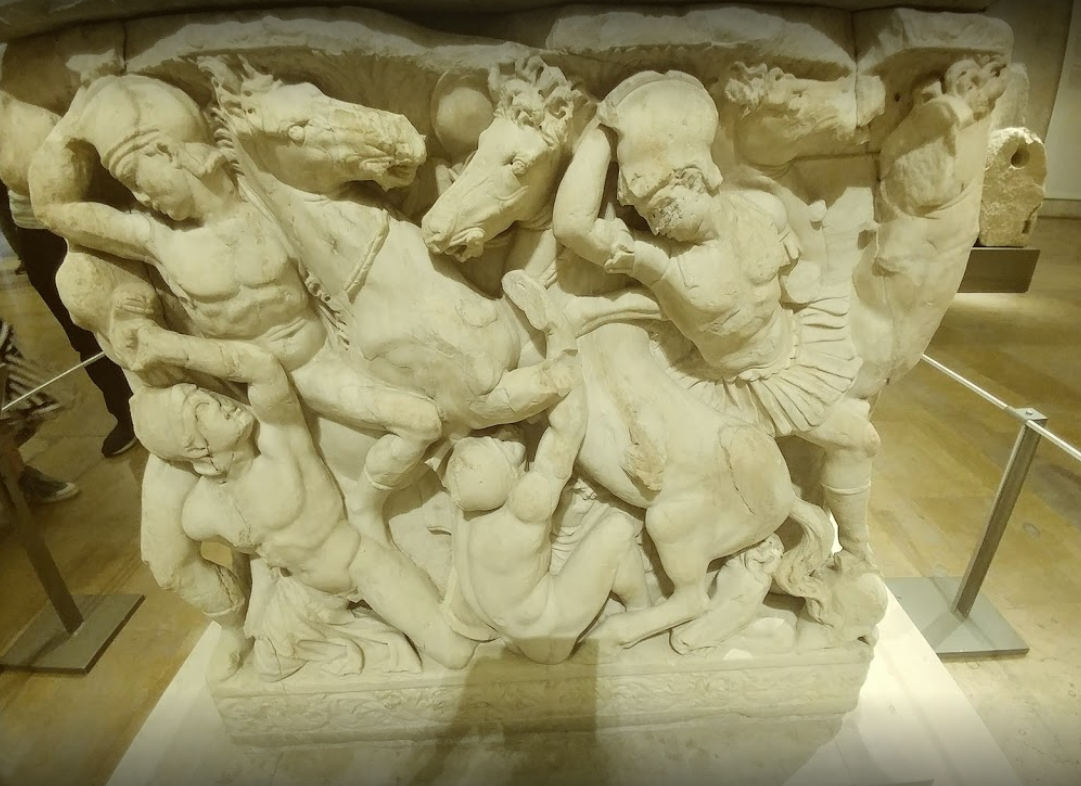
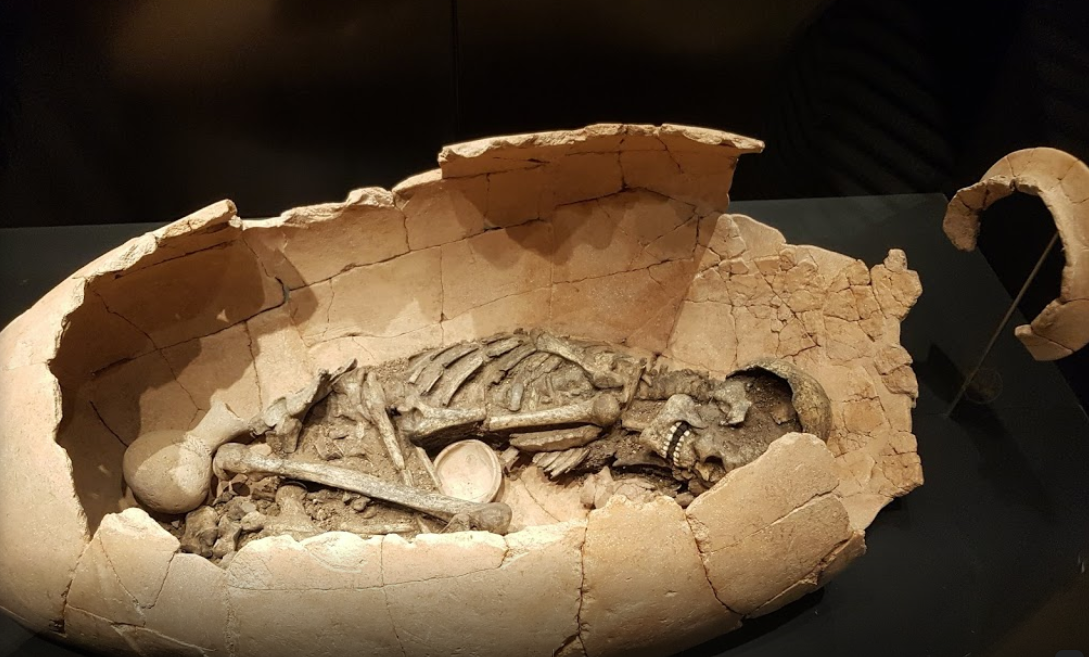
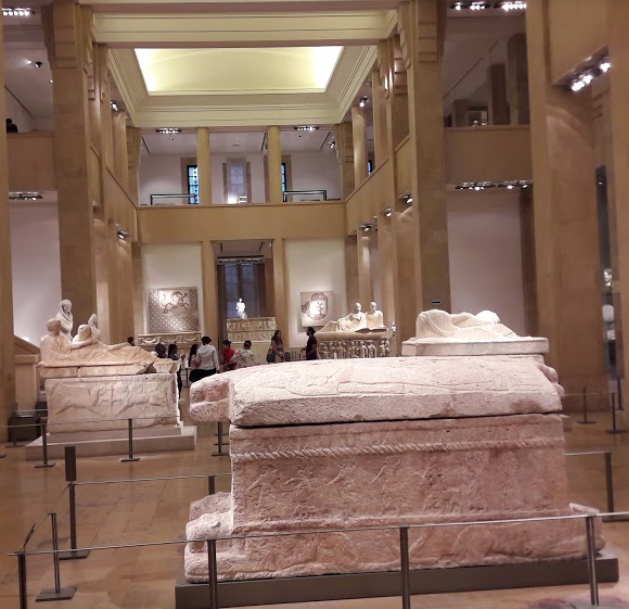
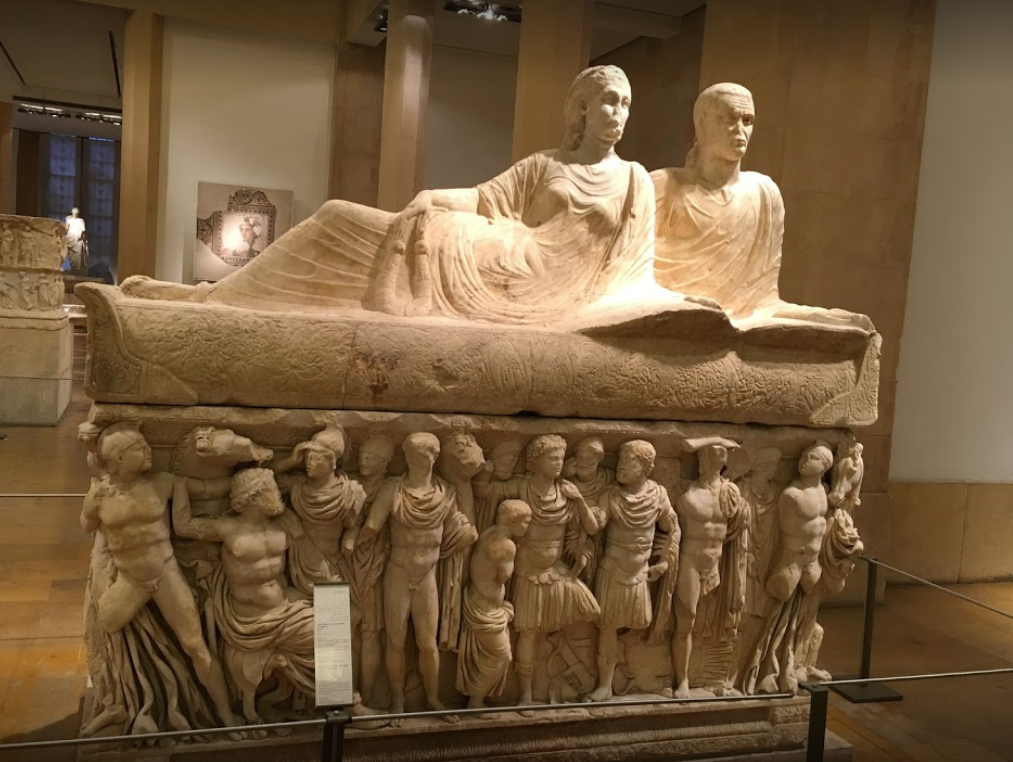
Later in the evening Walt and I had dinner with friends as the two women smoked the water pipes. Actually when she asked if we minded
and I said no I did not realize they would be smoking all through dinner. Interesting we only experienced these two women smoking the water
pipe although we found many people smoking in the whole middle east especially in other countries we visited. Lebanon Day 6, October 2 Wednesday: Today we went to Baalbeck, one of the ancient cities of the world. Baalbek and also known as Balbec, Baalbec or Baalbeck, is a city located east of the Litani River in Lebanon's Beqaa Valley, about 85 km northeast of Beirut. It is the capital of Baalbek-Hermel Governorate. In Greek and Roman times Baalbek was also known as Heliopolis. The Romans built the three temples at Baalbeck- for Jupiter and Baccus, and Venus. It was astounding and magnificent. Column heads had toppled in some cases due to earthquakes. There was proposed an artists concert there next August and one Celine Dione said to come.
Temple of Bacchus (Lebanon),
Baalbek Ancient city temple in Lebanon.Credit: Baishev/ Shutterstock,
The Baalbek temple complex in northeast Lebanon is one of the most intriguing Roman ruins on the planet. Its centerpiece is the well-preserved and monumental Temple of Bacchus. The age of the temple is unknown, although it was most likely erected in the second century CE. Most historians agree that emperor Antoninus Pius commissioned it in honor of Bacchus, the god of wine and intoxication. What has been baffling archaeologists ever since the temple was rediscovered in the late 19th century is how the Romans succeeded in building it. It is staggering to think that humans without heavy machinery could hoist the 42 Corinthian columns (19 of which remain standing) of the colonnade, since each stands 62 feet tall and 7.5 feet in diameter.
Temple of Bacchus
Temple of Venus
Jupiter Temple In Anjar, another fantastic Arab cultural site, one of the young Lebanese women purchased an Arminian scarf. The Arminian's who fleed their country were living in that area.I told her I liked it and she gave it to me. This is the generous nature of the people.
Lebanon Day 7, October 3 Thursday: Lina took us to the terrific gem museum. It was the collection of one man who set up many rooms of precious stones. Then we went shopping.
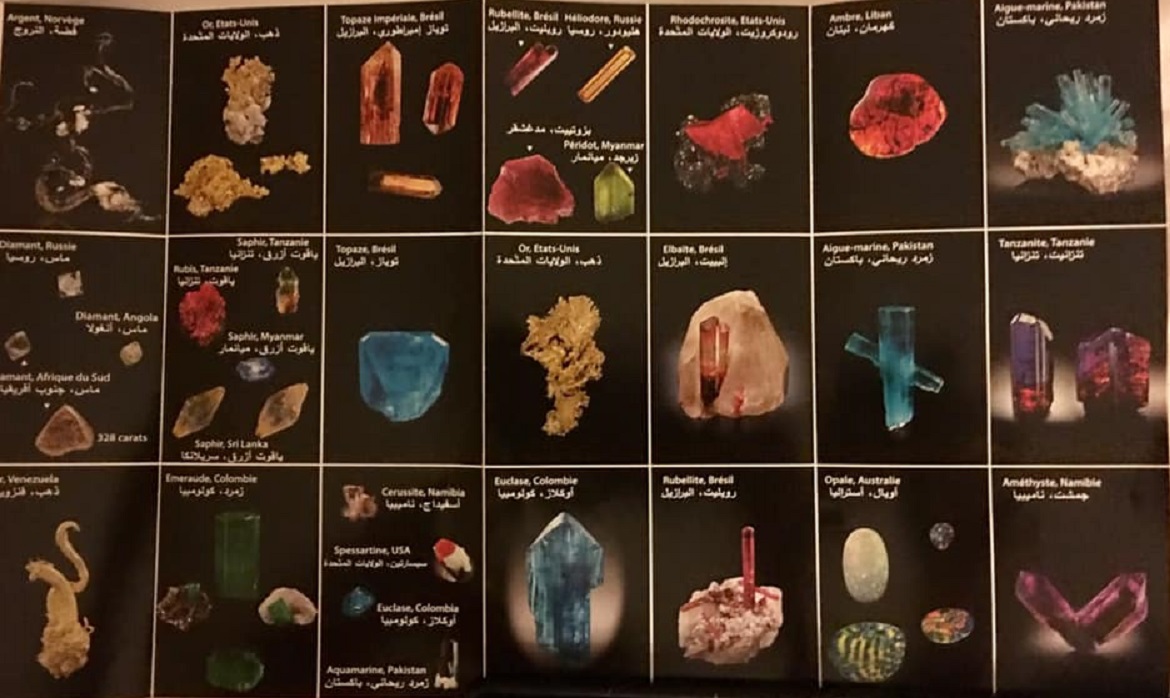
We Went to the mountains and had a marvelous luncheon at Orca in the mountains hosted by my two cousins, daughters of Janette, Lena and Memo. There were 12 and The family was delightful. And it happened my cousin Mariereine, was there so I was able to meet her. Her grandmother is my grandmother ’ s sister Malaki. Malaki ’s daughter Yvonne ’ s daughter is Mariereine. I received gifts from Lina, Ovilia and Lena. Again everyone was very gracious. The food was exceptional, and our stories and anecdotes were reinforced by the arak we sipped.
Walt and Lena and Janette Tatla and daughter Yvonne Roseann, Ovilla, Memo.
Lena, Janette, friend
Takla, Mariereine, Lena, Roseann
Ovilla, Mariereine, Walt, Roseann
Lina, Walt, Roseann, Ovilla, Memo, Grandson Lebanon Day 8, October 4 Friday: Sweet Lina picked us up at the hotel and took us to the air port.We took flight to Paris and then to Amsterdam for our cruise. It was a wonderful week. Lebanon, the antiquities, the beautiful towns and people who were so hospitable really impressed us. We will return. Thanks Lebanon for a fantastic time. Here are some things I have learned about Lebanon. The earliest evidence of civilization in Lebanon dates back more than seven thousand years, predating recorded history. Lebanon was home to the Phoenicians, a maritime culture that flourished for almost three thousand years (c. 3200–539 BC). In 64 BC, the region came under the rule of the Roman Empire, and eventually became one of its leading centers of Christianity. The Mount Lebanon range saw the emergence of a monastic tradition known as the Maronite Church. As the Arab Muslims conquered the region, the Maronites held onto their religion and identity. However, a new religious group, the Druze, established themselves in Mount Lebanon as well, generating a religious divide that has lasted for centuries. During the Crusades, the Maronites re-established contact with the Roman Catholic Church and asserted their communion with Rome. These ties have influenced the region into the modern era. Despite its small size, Lebanese culture is renowned both in the Arab world and globally, powered by its large and influential diaspora. Prior to the civil war, the country enjoyed a diversified economy that included tourism, agriculture, commerce, and banking. Its financial power and stability through the 1950s and 1960s earned Lebanon the moniker of "Switzerland of the East", while its capital, Beirut, attracted so many tourists that it was known as "the Paris of the Middle East". Since the end of the war, there have been extensive efforts to revive the economy and rebuild national infrastructure. While still recovering from the political and economic effects of the conflict, Lebanon remains a cosmopolitan and relatively developed country, with the highest Human Development Index and GDP per capita in the Arab world outside of the oil-rich economies of the Persian Gulf. Lebanon was a founding member of the United Nations in 1945 and is a member of the Arab League, the Non-Aligned Movement in 1961, Organisation of the Islamic Cooperation in 1969 and the Organisation internationale de la francophonie in 1973. Here are some things I have learned.
|